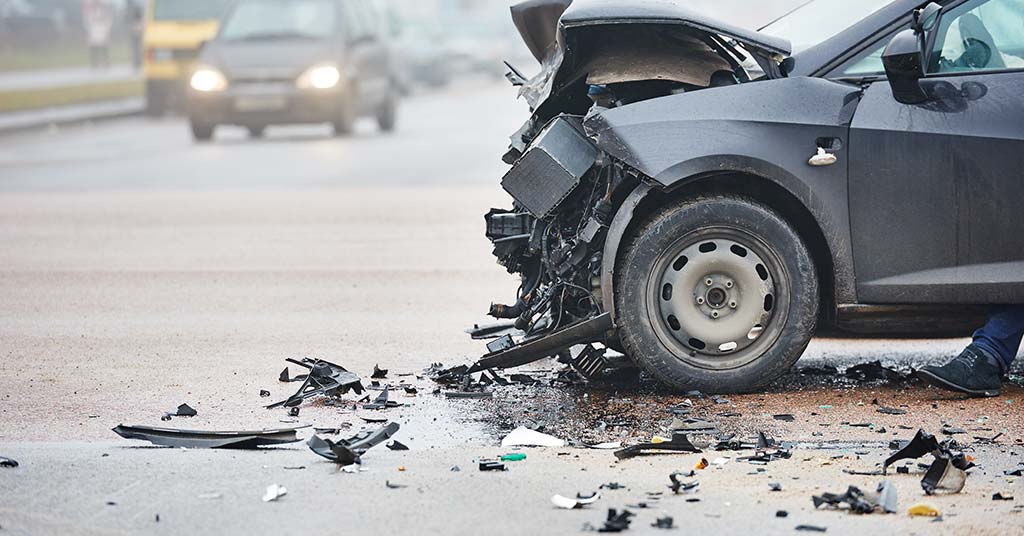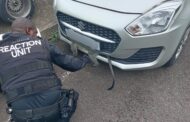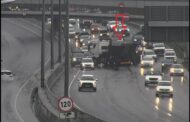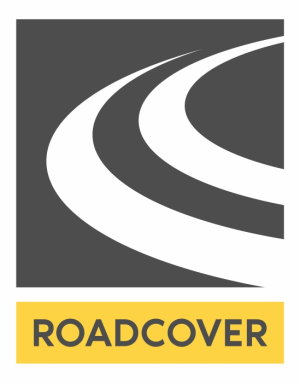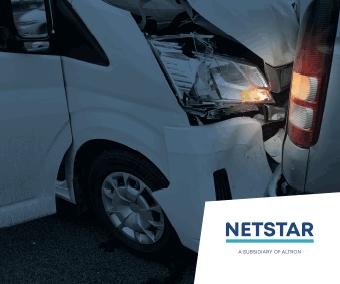According to the AA, as many as 18.5% of crashes in South Africa are hit and run accidents. Being the victim of a hit and run is a traumatic experience – but knowing what to do (and not do) can help you protect your rights.
What is a hit and run?
By law, a driver involved in a road accident that injures a person or animal or damages someone’s property is required to stop their vehicle at the accident scene. Failing to do this – whether following a minor fender bender or something more serious, like knocking down a pedestrian – qualifies as a “hit and run” and is a criminal offence in South Africa.
A driver is not required to stop if they hit something like a tree on the side of the road and the only damage is to their own property.
Follow normal car accident procedure
It’s important not to chase the driver responsible for a hit and run. Instead, follow the standard procedure required after a car accident. If you’re at the wheel, pull over safely and turn on your hazard lights. Check if anyone is injured, and if so, contact emergency services right away.
Here are useful numbers to have on hand:
- 10177 if an ambulance is required
- 10111 if police response is required
- on a cell phone, 112 for any emergency.
The police should be summoned to the scene if there is substantial damage to your car or the surroundings, or if anyone is injured. If the damage is minor and nobody is seriously hurt, you can drive to the nearest police station to report the accident. If you’re injured, remain where you are, call for help if possible and wait for medical assistance.
Gather information at the scene
Under South African law, the victim of a car accident can seek compensation from the offending driver for damage to their vehicle. However, any personal injury claims must be directed to the Road Accident Fund (RAF).
Whether you’re involved in a hit and run as a driver, pedestrian or cyclist, it’s a good idea to gather evidence at the scene of the accident. This information could help you with a claim later and assist authorities in catching the offending driver.
If possible, aim to:
- write down details of the offending vehicle
If you can see the car driving away, write down its license plate number and the model, colour and make of the car. This isn’t always possible, but it can make it much easier for authorities to identify the driver responsible for the hit and run.
- write down details of the area
Record the time, location and cause of the accident, if you can. It can also help if you record other relevant details, such as the direction in which the offending driver was going.
- take photos
Photographs of the damage to your car, the surroundings and your injuries may serve as useful evidence for supporting a claim.
- gather contact details from any witnesses
Having statements from people who saw what happened will help your claim. The police should do this if they’re present at the scene, but it’s still always a good idea to ask witnesses for their contact details so they can be contacted later if needed.
- contact your insurance company
If you’re insured and you want to make an insurance claim, notify your insurance company as soon as possible.
Claiming from the RAF
If the identity of the driver is known, a claim for compensation from the RAF must be submitted within three years after the accident. In the case of a “hit and run” accident where the driver’s identity isn’t known, you can still claim from the RAF, but the claim must be submitted within two years after the accident.
If you were seriously injured in a “hit and run” accident, you may be entitled to claim compensation for pain and suffering due to your injuries, medical expenses associated with those injuries and loss of income due to the injuries.
If you’re a dependant of someone who has died in a hit and run accident, you can also claim loss of support and funeral costs, given applicable limitations, from the RAF.
Note that once you accept a settlement from the RAF, you can’t subsequently dispute it. An attorney experienced in RAF claims can guide you through the RAF claims process and help ensure you receive the compensation you deserve.


